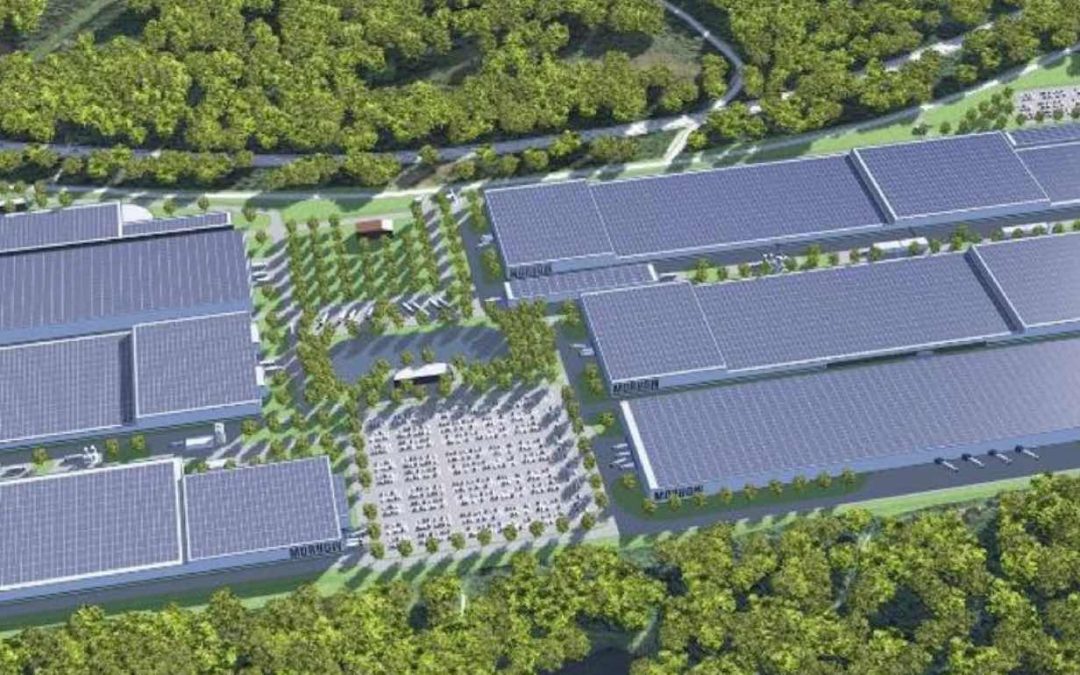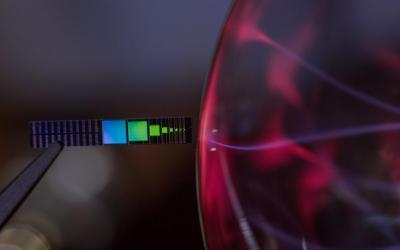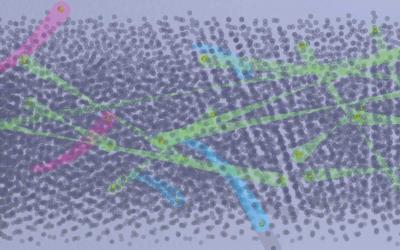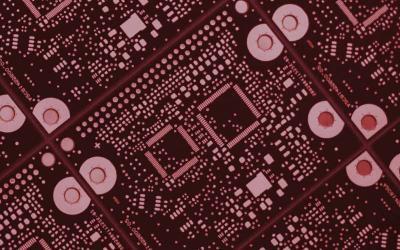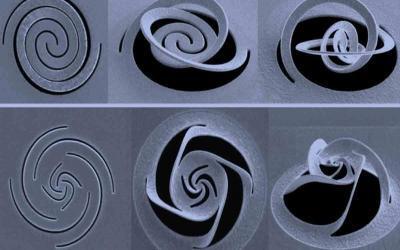The new 3.3 gigawatt (GW)DC facility, which is scheduled to commence operations in the first half of 2023, represents a $680 million investment. When fully operational, the facility is expected to scale the company’s Northwest Ohio footprint to a total annual capacity of 6 GWDC, which is believed to make it the largest fully vertically integrated solar manufacturing complex outside China.

